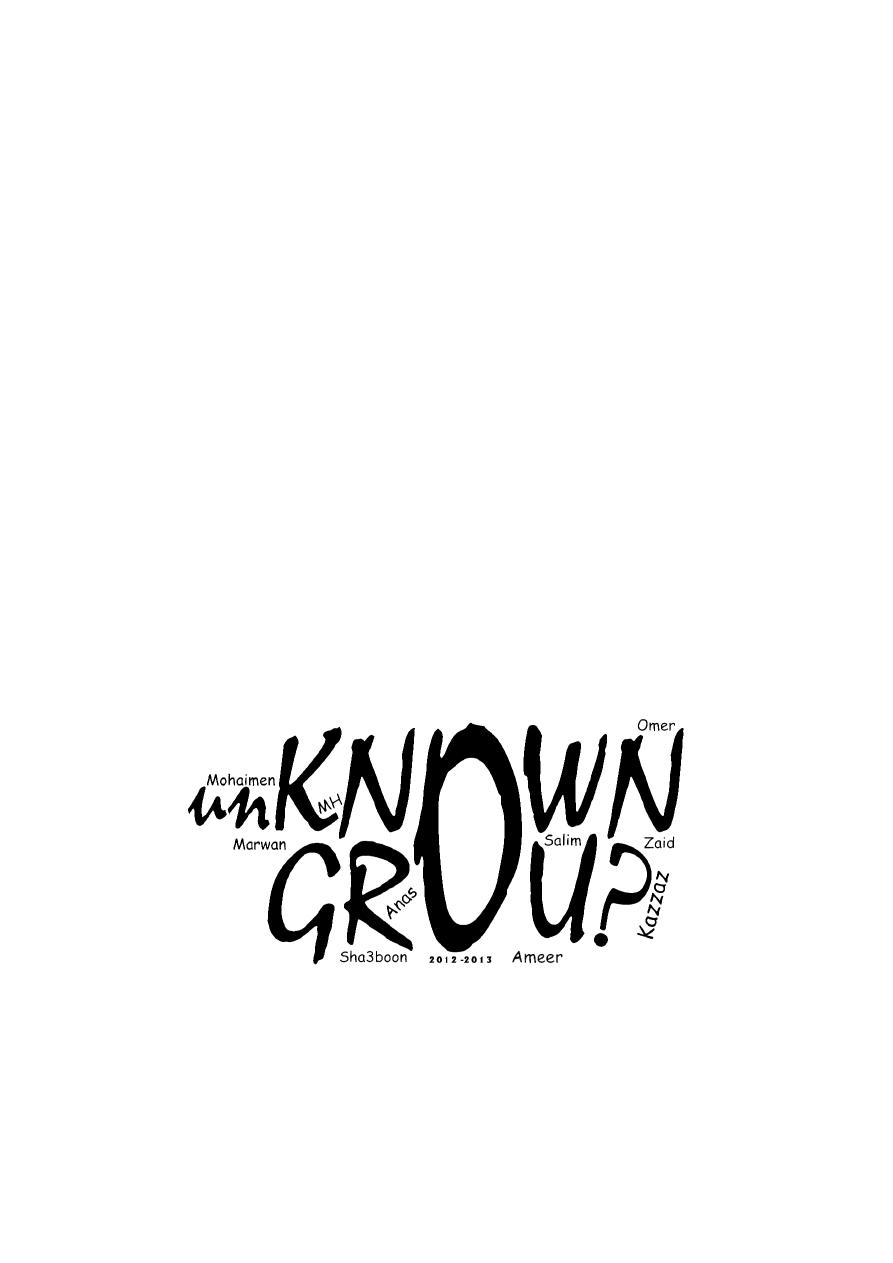
Neuro-Anatomy
Lec 5 Prof Dr. Al-Hubaity
Pons
It is the middle part of the brain stem (also part of Hind brain), its posterior
surface forms the upper half of the floor of 4
th
ventricle. It lies in contact with
clivus (basilar part of occipital bone, body of sphenoid & dorsum sellae).
Its ventral part bulges anteriorly and it's continuous laterally with the middle
cerebellar peduncle on each side. The Pons is continuous above with the 2 crura
of the mid brain and below with the 2 pyramids of M.O.
Note: The Basilar Part is grooved by basilar sulcus (longitudinal median sulcus)
which lodges the basilar artery. It is continuous on each side as middle cerebellar
peduncle (just outside the attachment of Trigeminal Nerve)
The bulge in the basilar part is produced by:
1- Large number of pontine nuclei.
2- Descending fibers of corticospinal, corticonuclear & corticopontine.
3- Pontocerebellar fibers which goes to cerebellum (via middle cerebellar
peduncle).
The Trigeminal Nerve is the only Cranial nerve that attaches to the surface of
pons (at the junction between the basilar part & middle cerebellar peduncle).
The Dorsal Tegmental Part
Forms the upper half of floor of 4
th
ventricle, it's continuous above with the
Tegmentum of mid brain & below with the posterior surface of upper half of
M.O. It contains the nuclei of the middle 4 cranial nerves (5-8) & 4 sensory
lemnisci (medial, lateral, spinal & trigeminal).

The posterior surface of the pons shows the following features:
1- Posterior median sulcus.
2- On each sides of which there is a vertical swelling called the medial eminence.
3- At the lower part of Medial Eminence, there is a spherical swelling called
facial colliculus which contains the nucleus of abducent nerve.
4- Each Medial Eminence is limited laterally by a sulcus known as sulcus
limitance.
5- At the upper part of sulcus limitance, there is a small pigmented area called
substantia ferruginea.
6- Lateral to Sulcus Limitance, there is the vestibular area which contains some
vestibular nuclei.
Nuclei in the Pons:
1- Nuceli of Trigeminal nerve (4 Nuclei):
A- Motor nucleus, which gives motor fibers that joins the mandibular nerve to
supply the muscles of mastication, mylohyoid, anterior belly of digastric,
tensor veli palati & tensor tympani muscles.
B- Main sensory nucleus, which receives the sensation from trigeminal area (side
of face & scalp).
C- Mesencephalic nucleus, which receives proprioception sensation from muscles
of mastication and muscles of eyeball.
D- Spinal nucleus, which receives spinal tract fibers of trigeminal nerve (pain and
temperature from same side of the face & scalp).
2- Nucleus of abducent nerve:
At the bottom of facial colliculus, it's surrounded by fibers of the facial nerve
arising from facial nucleus, it loops around the abducent nerve creating a swelling
"thus called facial colliculus".

3- Nuclei of facial nerve (3 in number):
One motor & one parasympathetic (superior salivary) which lies in the pons. The
other nucleus, which is the solitarius, lies in the M.O.
Superior salivary nucleus gives fibers distributed via chorda tympani (to
submandibular & sublingual) and greater superficial petrosal (to lacrimal &
nasal).
4- Nuclei of vestibulocochlear nerve (vestibular & cochlear nuclei).
The MidBrain
اخر صفحة من المحاضرة رقم: ةظحلام
3
حول هذا الموضوع واالن نتوسع ببعض االضافات
Note: Cerebral peduncle is divided into crus cerebri & tegmentum by substantia
nigra
The crus contains the following descending tracts:
1- Corticospinal fibers occupy the middle 3/5 of the crus cerebri.
2- Corticonuclear fibers situated medial to the corticospinal.
3- Corticopontine fibers occupy the medial 1/5 & lateral 1/5 of the crus according
to the site of origin of these fibers. The fibers coming from frontal lobeoccupy
medial 1/5, while that coming from occipital & temporal lobe occupy the
lateral 1/5 (they will form cortico-ponto-cerebellar pathway from cerebral
cortex to cerebellar cortex.
Note: Substantia nigra seperates crus cerebri from the tegmentum and is an
important extrapyramidal center.

Relation of the crus:
1- Laterally on each side: optic tract, trochlear nerve (crosses the crus from
behind forward) & blood vessels (posterior cerebral, superior cerebellar &
basal vein).
2- Medially: occulomotor nerve & posterior perforated substance (pierced by
strait "central" branches).
The Tegmentum:
It is continuous below with the tegmental part of the pons. The part of tegmentum
at the level of superior colliculus contains the Red nucleus (important
extrapyramidal center), while at the level of inferior colliculus, it receives the
decussation of 2 superior cerebellar peduncles.
The nuclei in the Midbrain:
1- Nucleus of occulumotor at the level of the superior colliculus, it's a motor
nucleus supplies extra-ocular muscles. It contains Edinger-Westphal nucleus
as a parasympathetic part whose fibers goes to ciliary ganglion to supply
constrictor pupillae & ciliary body (ciliary muscles of the lens).
2- Nucleus of trochlear nerve, in the lower part of mid brain at the level of
inferior colliculus.
3- Red Nucleus in the Tegmentum at the level of superior colliculus. It receives
afferent from frontal cortex, corpus straitas & cerebellum. It sends efferent
fibers or tracts:
a- Rubro- reticular
b- Rubro-spinal
c- Rubro-Thalamic

The Cerebellum
It lies in the posterior cranial fossa behind the pons & M.O., and encloses with
them the 4
th
ventricle. It has 2 surfaces (superior & inferior), 2 notches (Anterior
which receives the bulk of brain stem, & Posterior which receives the flax
cerebri).
It consists of 2 hemispheres connected by a narrow median vermis, the part of
vermis seen from above is the superior vermis, while that seen from inferior
surface is the inferior vermis.
The outer cortex gray matter is highly folded with numerous transversely running
fissures, the part of cortex between the fissures is called the Folia of Cerebellum.
The superior surface shows fissure prima: that separates anterior lobe from
middle lobe while on the inferior surface there is a depression called Vallecula.
The inferior vermis lies at the bottom of this vallecula, which is formed by
nodule, uvula & pyramid. The inferior surface also shows the tonsil of
cerebellum, which is situated on each side of the inferior vermis.
Cerebellum Fissures
1- Fissure prima intervenes between the anterior & middle lobes.
2- Posterio-lateral fissure lies on the inferior surface between the flocculo-
nodular lobe & middle lobe.
3- Horizontal fissure extends along the lateral & posterior borders of the
hemispheres between the superior & inferior surfaces.
Cerebellum Lobes
1- Anterior lobe in front of fissure prima. Its part extending above the superior
medullary velum is called Lingula.
2- Middle lobe between fissure prima & posterio-lateral fissure. The Tonsil is a
part of it.
3- Flocculo-nodular lobe consists of the nodule of the vermis and the 2 Flocculi
are on each.

Cerebellum Functions
1- Archicerebellum (includes Flocculo-nodular lobe + Lingula) is related to
vestibular apparatus.
2- Paleocerebellum (Anterior lobe - Lingula) is connected to spinal cord.
3- Neocerebellum consists of the middle lobe and it is connected with cerebral
cortex via ponto-cerebellar pathway.
Cerebellum Blood Supply
1- Superior cerebellar artery & anterior inferior cerebellar artery (from basilar).
2- Posterior inferior cerebellar artery (from vertebral).
The medulla of cerebellum contains 4 intracerebellar nuclei arranged from lateral
to medial as: Dentate, Embolifrom, Globose & Fastigial.
Nuclei embedded within the white matter of cerebellum.
